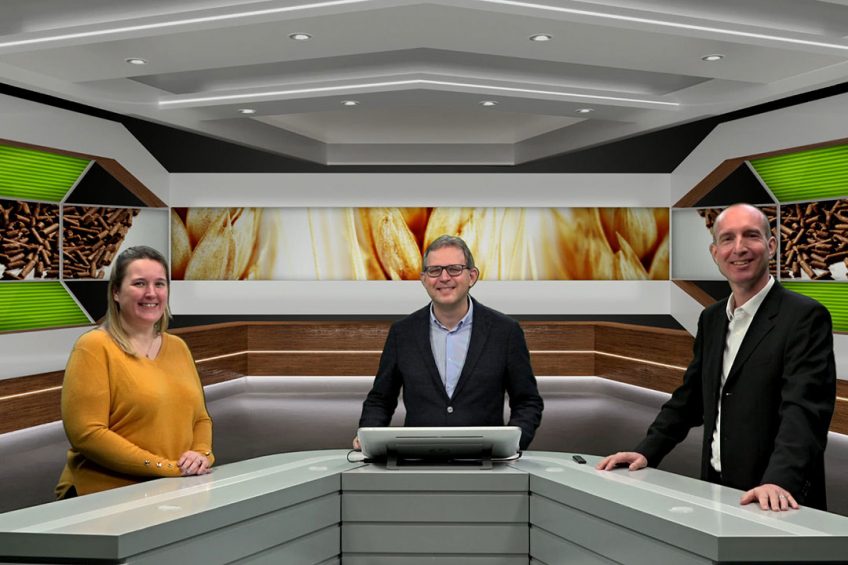On demand: Webinar on calcium, the double-edged sword

The recent webinar ‘Calcium, the double-edged sword’, is now available for pig and poultry professionals to be watched on demand at the website of All About Feed.
The webinar was recorded on Friday, December 6, 2019 and was a co-operation between All About Feed, sister title to Pig Progress, and DuPont Animal Nutrition.
Learning more about calcium
Core message of the webinar was the fact that calcium may be a key ingredient, but that too much of it can be detrimental to the pigs and poultry consuming those diets as well. Hence it is essential to take into consideration aspects like particle size or origin as well when determining the inclusion rate of calcium in animal diets.
Kicking off the webinar is Rachael Hardy, global technical manager at DuPont. She introduced the topic in detail, with attention to limestone, forming the source of calcium. Her key message: not all limestone is the same.
Yet it is essential to know more about the limestone, as calcium is essential for bone mineralisation but when in excess mineral digestion can decrease. That is because calcium can bind to phytate and increase phytate’s anti-nutritional effect, leading to a reduction of performance in pigs and poultry.
Neutralising anti-nutrient effects of calcium
How to overcome this – and what method to use was the core message of the 2nd speaker, Dr Arno de Kreij, global segment manager at DuPont. His presentation pointed to the use of analytical tools to assess the raw materials prior to diet formulation.
After all, ideally with the inclusion of phytase to diets, a 90% digestion of phosphorus could be achieved – and for that reason it is good to know both solubility and particle size of the limestone as well as the concentration and accessibility of phytate. Having done that, he said, a tailored phytase dose can be added to the pig and poultry diets.













